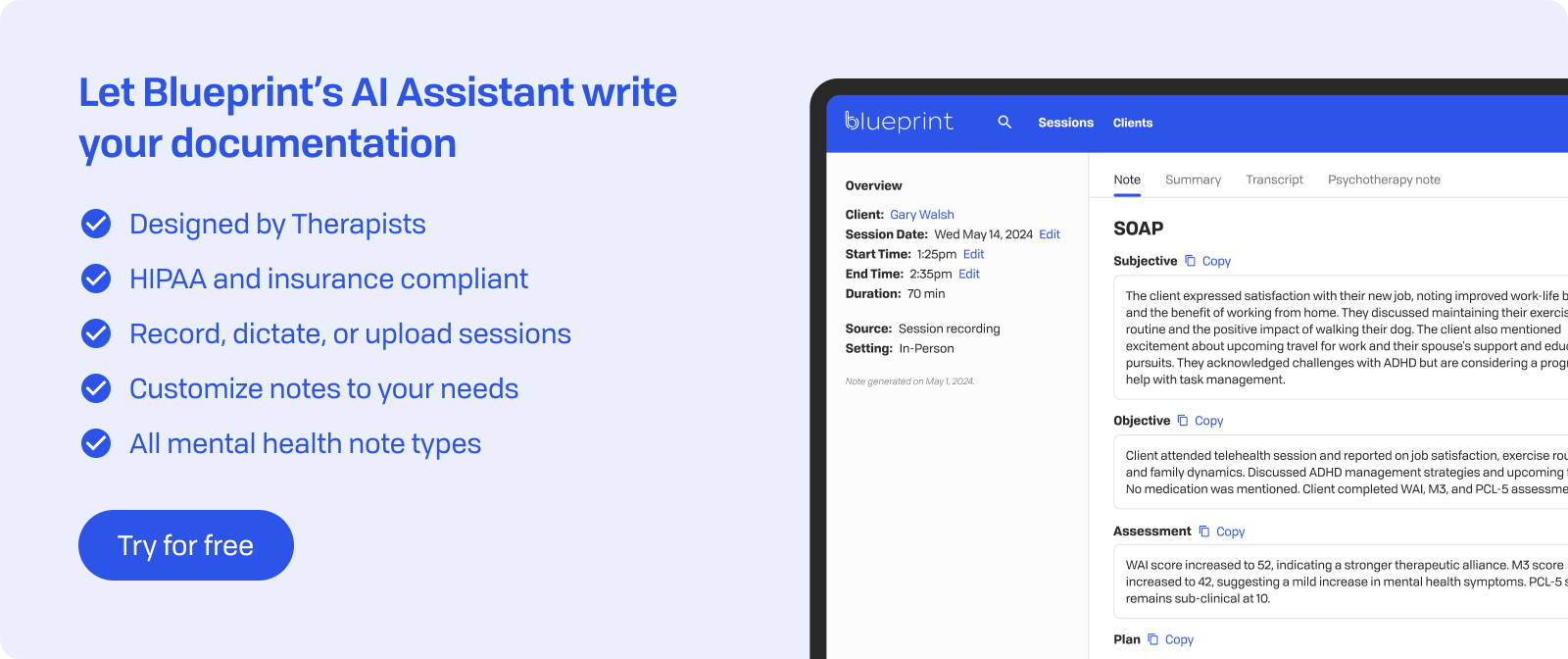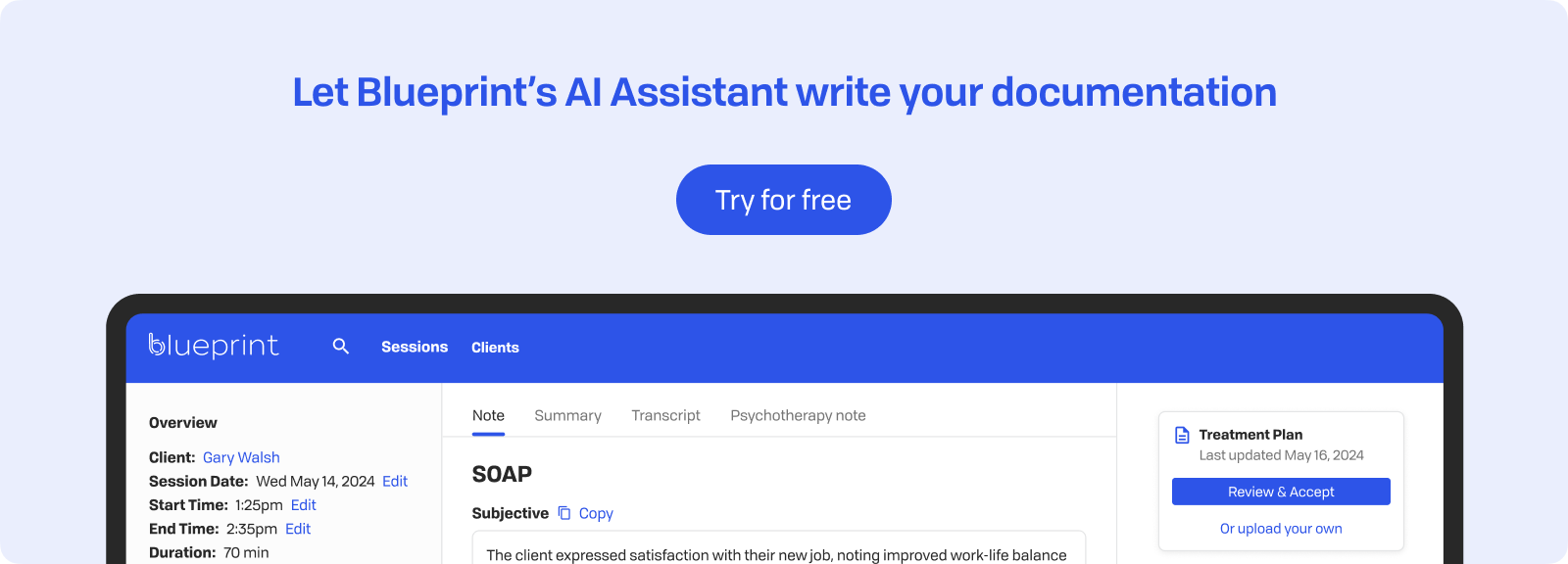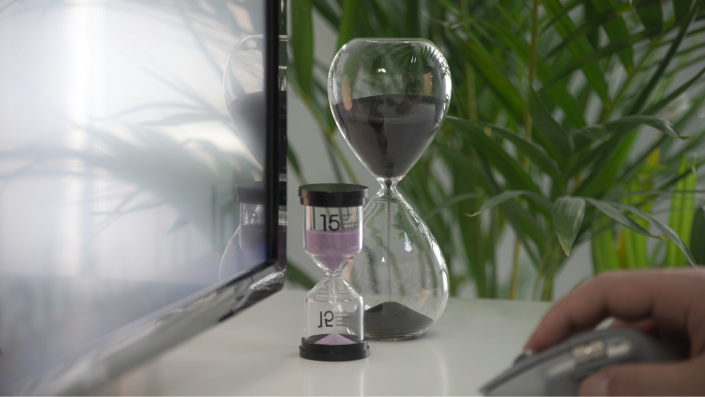In Brief
As neuroscience continues to inform mental health treatment, many therapists are seeking ways to incorporate brain-based interventions into their clinical work. Neurofeedback, also known as EEG biofeedback, is one such modality gaining traction. This non-invasive technique uses real-time displays of brain activity to help clients learn self-regulation and improve neurophysiological functioning. For therapists, it offers a bridge between traditional talk therapy and emerging mind-body approaches.
Growing research supports neurofeedback’s effectiveness in treating a range of conditions, including ADHD, anxiety, depression, and PTSD. While it’s not a standalone solution for every client, it can be a powerful adjunct when integrated thoughtfully into treatment planning. This article explores the clinical applications of neurofeedback, examines the current evidence base, and provides practical considerations for integrating it into your practice.
Defining Neurofeedback and How It Works
Neurofeedback is a specialized kind of EEG-based biofeedback that monitors brainwave activity in real-time. During sessions, sensors on the scalp detect electrical activity while clients receive immediate audio or visual feedback about their brain states.
This feedback loop helps clients learn self-regulation through operant conditioning principles. When brainwave patterns shift toward desired states, positive feedback encourages these changes. Over time, clients gain better control over their neurological functioning.
Several neurofeedback modalities are in clinical practice today. Standard EEG protocols target specific frequency bands like theta, alpha, or beta waves. Connectivity-based EEG examines communication between brain regions instead of isolated activity. Hemoencephalography (HEG) measures blood flow and oxygenation in the prefrontal cortex. More advanced approaches use fMRI data to inform treatment protocols, though these are less accessible for most practices.

How Neurofeedback May Support Symptom Regulation
Different brainwave frequencies related to symptoms can shed light on the therapeutic uses for neurofeedback. Each frequency band has specific functions:
- Theta waves (4-8 Hz): Linked to drowsiness and internal focus; too much theta can contribute to inattention and brain fog.
- Beta waves (13-30 Hz): Associated with alertness and focused attention; a lack of beta may relate to concentration difficulties.
- Alpha waves (8-12 Hz): Related to relaxed awareness; imbalances can affect anxiety levels.
For clients with ADHD, protocols often aim to reduce excessive theta activity while increasing beta waves to improve focus and attention. This method addresses the neurological patterns linked to distractibility and impulsivity.
Emotional regulation benefits from training the connectivity between limbic structures and the prefrontal cortex. Strengthening these neural pathways helps clients gain better control over emotional responses, which is particularly useful for anxiety and depression treatment.
Research shows neurofeedback's effectiveness across these various conditions when combined with therapy:
- ADHD: Improved attention span and reduced hyperactivity.
- Anxiety disorders: Decreased physiological arousal and worry patterns.
- Depression: Enhanced mood stability and cognitive flexibility.
- PTSD: Better stress response regulation and symptom management.
- Insomnia: Normalized sleep-wake cycles through alpha-theta training.
- Brain injury: Support for cognitive rehabilitation and neural recovery.
The brain wave modulation technique shows particular promise for stress reduction, with studies indicating decreased anxiety and negative emotions while increasing positive affect. This approach, based on neuroplasticity, helps clients develop sustainable self-regulation skills that complement traditional therapeutic interventions.
Research Evidence and Clinical Outcomes
Research supporting neurofeedback continues to grow stronger, with meta-analyses showing significant symptom reductions across various conditions. Recent systematic reviews indicate effect sizes ranging from moderate to large for ADHD, depression, and PTSD when neurofeedback is combined with standard treatment approaches.
Infra-low frequency (ILF) neurofeedback shows particularly promising results. Studies indicate faster symptom decline compared to traditional protocols, with clients reporting improved emotional recognition and self-awareness within fewer sessions. This approach targets the brain's slowest frequencies (below 0.5 Hz), which regulate basic autonomic functions and emotional processing.
The evidence for lasting neuroplastic changes includes:
- Functional brain changes: fMRI studies show clients can learn to control activity in specific regions like the dorsolateral prefrontal cortex, with increased activation persisting after training ends.
- Structural plasticity: Research demonstrates white matter changes in the corpus callosum within 24 hours of training, indicating rapid structural adaptation.
- Enhanced neural connectivity: Strengthened connections between brain regions involved in attention, memory, and emotional regulation.
- Synaptic reorganization: Repetitive training promotes the formation of new neural pathways and reinforcement of healthier activity patterns.
Long-term follow-up studies suggest benefits persist 6-12 months post-treatment, with some clients maintaining improvements for years. This durability likely stems from the brain's ability to consolidate new patterns through repeated practice, similar to learning any skill. The combination of immediate symptom relief and the possibility for lasting change makes neurofeedback a valuable tool in comprehensive treatment planning.

Clinical Applications and Indications
Recognizing when to consider neurofeedback referrals can improve your treatment planning. Common situations where neurofeedback proves particularly helpful include:
- Persistent anxiety: When clients reach a standstill with traditional anxiety management techniques or medication alone
- Emotional dysregulation: For clients who experience mood swings despite regular therapy engagement
- Attention challenges: When ADHD symptoms interfere with therapy progress or day-to-day activities
- Treatment-resistant symptoms: After trying multiple therapeutic approaches without sufficient improvement
Neurofeedback works best as a complement to existing treatments rather than a standalone intervention. It integrates smoothly with:
- CBT: Neurofeedback stabilizes brain function, making clients more open to cognitive restructuring work
- Trauma therapy: Assists in regulating the nervous system before processing traumatic memories
- Relaxation training: Improves clients' ability to achieve and maintain calm states
- Medication management: Can reduce medication needs or enhance treatment response
The typical neurofeedback protocol involves 20-40 sessions, although some clients see improvements sooner. Sessions usually occur 1-2 times weekly and last 30-60 minutes. Treatment begins with a comprehensive assessment including:
- Pre-training evaluation: Baseline EEG recording and symptom questionnaires
- Progress monitoring: Regular check-ins using standardized measures
- Post-training assessment: Comparing final results to initial baselines
Most practitioners recommend completing at least 20 sessions before evaluating effectiveness, as changes in the brain require consistent training. The gradual nature of brain training means clients often notice subtle improvements in sleep, mood, or focus before experiencing significant symptom relief.

Implementation Considerations for Therapists
Starting with neurofeedback requires careful planning around credentialing, equipment, and client communication. Here's what you need to know to integrate this approach effectively.
Credentialing and Competency
Professional certification shows your dedication to ethical, evidence-based practice. The two main certifying bodies are:
- BCIA (Biofeedback Certification International Alliance): Offers the Board Certified in Neurofeedback (BCN) credential, which requires a bachelor's degree in a healthcare field, 36 hours of didactic training, mentored practical experience, and passing a 3-hour exam.
- ISNR (International Society for Neurofeedback and Research): Provides training resources and maintains professional standards.
Most practitioners complete certification within 6-12 months while maintaining their regular practice.
Practical Setup Options
You have several ways to incorporate neurofeedback:
- Partner with certified practitioners: Refer clients while you pursue training.
- Hire trained technicians: Work with certified neurofeedback technicians under your clinical supervision.
- Invest in equipment: Professional-grade EEG systems range from $5,000-$15,000, with ongoing software subscriptions.
Client Communication Structure
Clear communication enhances treatment success:
- Initial education: Explain how neurofeedback works using simple brain-behavior connections.
- Realistic expectations: Emphasize that changes occur gradually over 20-40 sessions.
- Progress tracking: Use standardized measures like the CFQ (Cognitive Failures Questionnaire) or symptom-specific scales every 5-10 sessions.
- Integration discussions: Help clients connect neurofeedback experiences with their therapy goals.
Many practitioners schedule brief check-ins before each neurofeedback session to assess current symptoms and adjust protocols accordingly.
Limitations, Risks, and Ethical Practice
Knowing the boundaries of neurofeedback helps maintain ethical practice standards. Certain conditions require different primary interventions. For example, neurofeedback should not be the main treatment for psychosis or bipolar disorder, where medication management and specialized therapies take priority.
While generally well-tolerated, some clients experience mild side effects:
- Transient headaches: Usually resolve within hours after sessions
- Mental fatigue: Similar to tiredness after intense concentration
- Increased emotional arousal: Temporary heightening of emotions as the brain adjusts
- Sleep changes: Brief disruptions in sleep patterns during early training
Ethical practice involves several key components:
Informed Consent: Clients need comprehensive information about neurofeedback's evidence base, expected outcomes, session frequency, and costs. Given that treatments can range from $3,000-$10,000 per cycle and insurance coverage varies, financial transparency is necessary.
Realistic Expectations: Present neurofeedback as a complementary approach rather than a cure-all. Avoid overstating benefits or making promises about specific outcomes. Current research shows promise but isn't conclusive for all applications.
Professional Boundaries: Only practice within your training and certification level. Maintain appropriate supervision when learning new protocols. Document all sessions thoroughly and track adverse effects.
Vulnerable Populations: Exercise extra caution with children and adolescents who cannot provide full informed consent. Parents must understand both potential benefits and limitations before proceeding.
Evidence-Based Language: Use terms like "may help" or "research suggests" rather than definitive claims. Share relevant studies while acknowledging gaps in the literature. This honest approach builds trust while protecting clients from unrealistic expectations.

Integrating Neurofeedback into Therapy Workflows
Neurofeedback data offers valuable insights that enhance your clinical case understanding. Real-time brainwave patterns reveal neurological imbalances that might not be visible through observation alone. This objective data helps explain why certain interventions are more effective for specific clients and guides more targeted treatment planning.
Integration works best when neurofeedback complements existing therapeutic methods:
- Self-regulation training: Clients struggling with emotional control benefit from combining neurofeedback with breathing exercises and progressive muscle relaxation.
- Mindfulness practices: Brain training improves clients' ability to achieve meditative states and maintain present-moment awareness.
- Trauma-informed approaches: Neurofeedback helps stabilize the nervous system before processing traumatic memories, making therapies like EMDR or somatic approaches more effective.
Sharing neurofeedback progress with clients fosters collaborative treatment planning. Visual representations of brainwave changes help clients understand their progress objectively. Reviewing sessions with clients every 5-10 appointments allows you to:
- Track symptom improvements: Compare baseline EEG patterns with current readings.
- Adjust protocols: Modify training frequencies based on client response.
- Plan lifestyle changes: Identify activities that support brain regulation (such as sleep hygiene, exercise, nutrition).
- Refine therapy goals: Use neurological insights to set more achievable milestones.
This data-driven approach transforms abstract concepts like "stress reduction" into measurable brain activity changes. Clients often feel more engaged in their treatment when they can see tangible evidence of their progress. The combination of objective neurofeedback metrics with subjective therapeutic experiences creates a comprehensive treatment framework that addresses both neurological and psychological aspects of healing.
Key Takeaways
Neurofeedback adds a valuable tool to your therapeutic approach when combined thoughtfully with established interventions. This non-invasive brain training method allows clients to actively engage in their healing through real-time brainwave regulation.
The evidence base continues to grow, especially for:
- ADHD management: Reducing theta waves while increasing beta activity for better focus
- Anxiety and depression: Balancing alpha rhythms and strengthening prefrontal-limbic connections
- PTSD treatment: Aiding nervous system regulation before trauma processing
- Sleep disorders: Adjusting circadian rhythms through targeted frequency training
Successful integration involves several important elements:
- Professional certification: BCIA or ISNR credentials ensure competent, ethical practice
- Collaborative approach: Work with certified practitioners or invest in the right training
- Client-centered protocols: Tailor training based on individual EEG patterns and symptoms
- Realistic expectations: Present neurofeedback as a complement to therapy, not a replacement
Remember that neurofeedback works best as part of a comprehensive treatment plan. Combining brain training with CBT, mindfulness practices, or trauma-informed approaches enhances overall outcomes. The objective data from EEG monitoring offers valuable insights for treatment planning and provides clients with visible evidence of their progress.
Most importantly, uphold ethical standards through informed consent, careful monitoring for side effects, and clear communication about potential benefits. With proper implementation, neurofeedback offers a research-supported method to help clients develop lasting self-regulation skills that aid their therapeutic journey.

How Blueprint can help streamline your workflow
Blueprint is a HIPAA-compliant AI Assistant built with therapists, for the way therapists work. Trusted by over 50,000 clinicians, Blueprint automates progress notes, drafts smart treatment plans, and surfaces actionable insights before, during, and after every client session. That means saving about 5-10 hours each week — so you have more time to focus on what matters most to you.
Try your first five sessions of Blueprint for free. No credit card required, with a 60-day money-back guarantee.
























